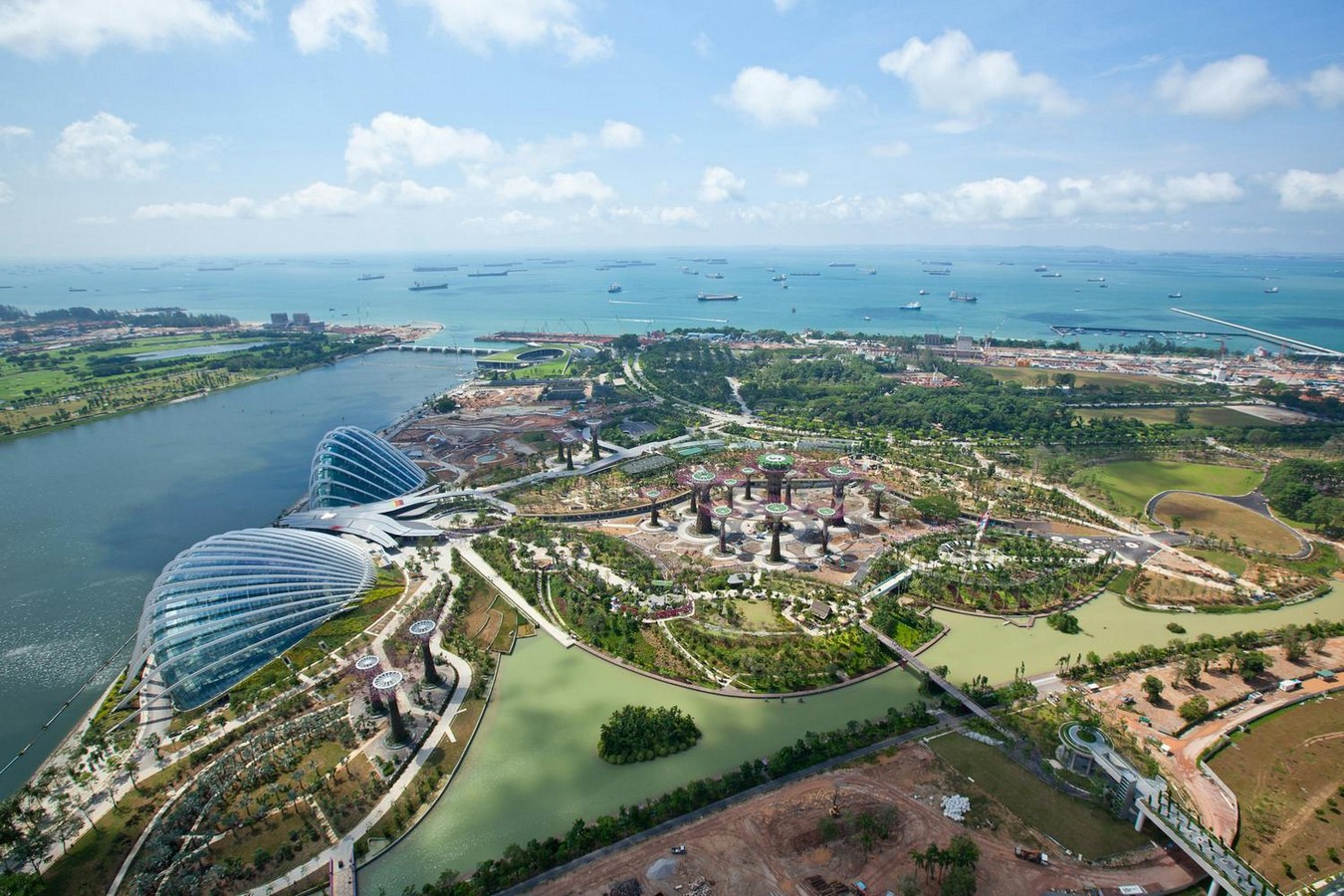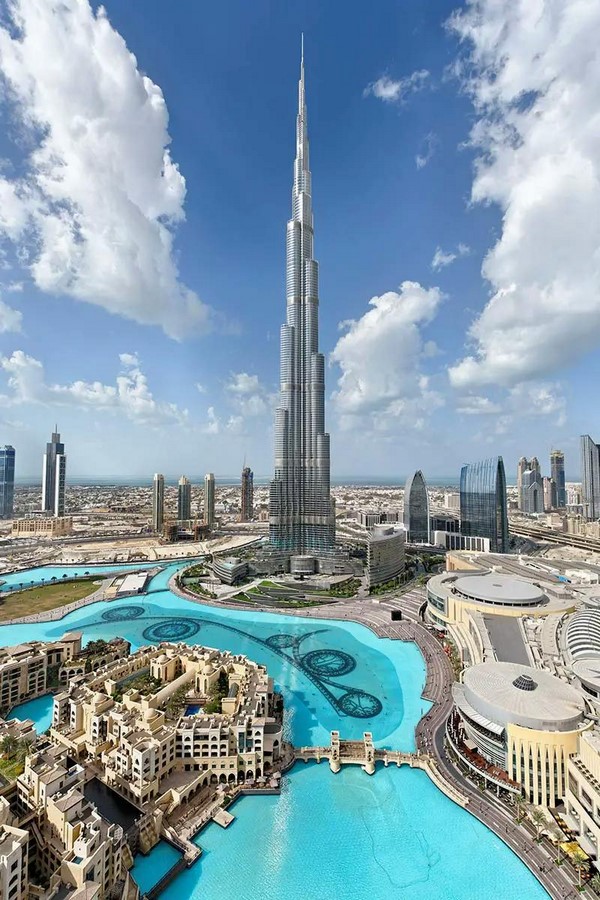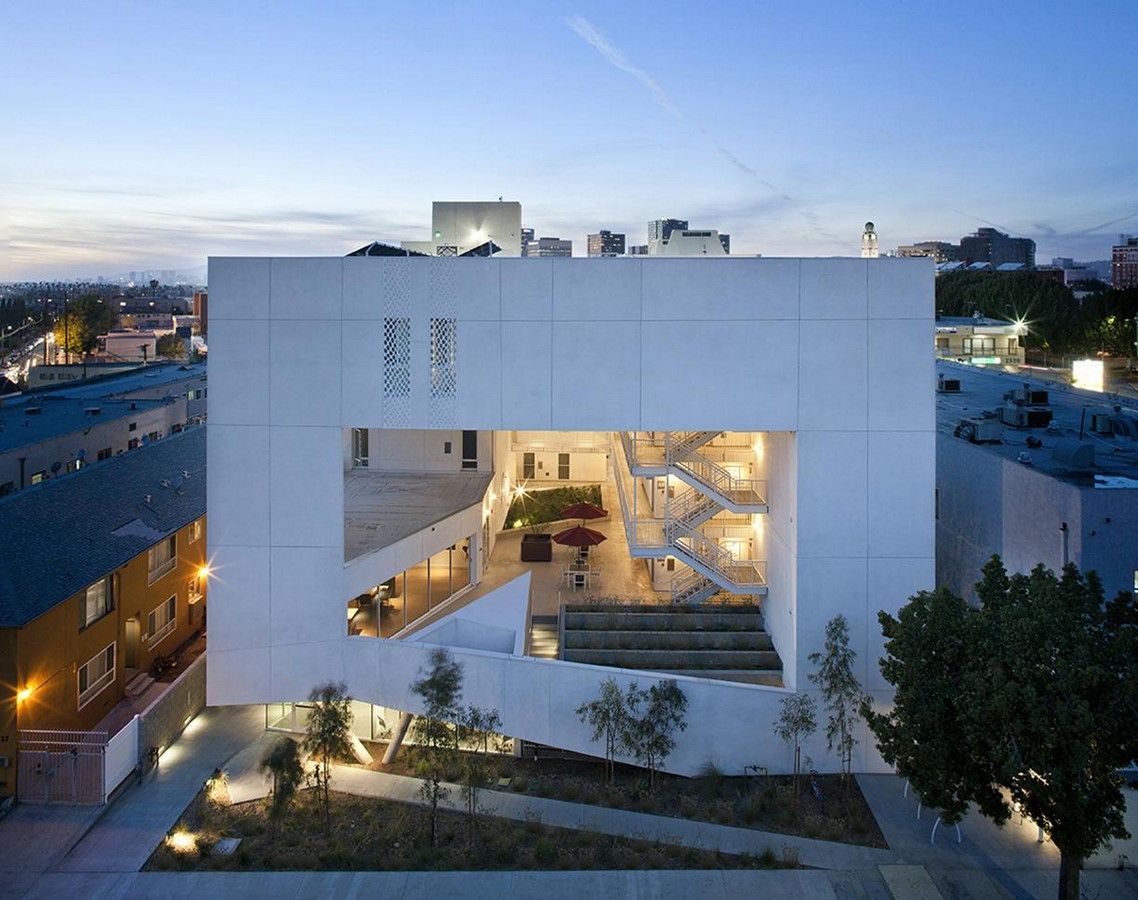Architecture has become a transformative journey for me, affecting the way I perceive and feel the world around me. Architecture can bring out a wide range of emotions. A huge, imposing structure may depict sentiments of awe and adoration, while a calm natural environment may provoke thoughts of serenity and tranquility. The way structures are designed and draped to the site evokes the belonging to that particular area. What makes these structures lively is their usage by their inhabitants. Every aspect of the building can be brought by the users.
In this article, I will discuss how architecture changed my view of public spaces, skyscrapers, and community areas.
Public spaces
Public spaces, in particular, play the most important role in our everyday lives functioning as centers of contact and becoming a common space for communication and leisure activities. These spaces are built to fulfill common day activities like transportation. They are the spaces designed by architects based on human-centric activities and communities which may impact how we feel, interact with it, and remember it.
Gardens by the Bay is one of the world’s largest Modern Park designs. The property will eventually cover 101 hectares and include three separate gardens: Bay South, Bay East, and Bay Central. Among the various features of the park are plant greenhouses, conservatories, lakes, leisure areas, and children’s areas. Super-Trees is the park’s most eye-catching design. Enclaves of rare and exotic ferns, vines, and orchids may be found in the Supertrees. The aerial walkways — floating wooden bridges that connect all of the trees — were one of the most intriguing suggestions for the supertrees. Finally, the shape of the supertrees allows them to act as a conduit to expel hot air from the conservatories while increasing the flow of fresh air among them at ground level. They have environmental technologies that replicate the ecological role of trees. The architecture and technology used in the building of this garden allow numerous exotic plant species to thrive.

Skyscrapers
These tall buildings dominate city skylines all over the world. These structures are not only physically appealing, but they also reflect the latest advancement in technologies and emerging achievements in architecture which is not seen before. These massive buildings continue to push the limits of engineering and architecture today. These are generally appreciated for their beauty but they also have a huge influence on the urban landscape and modern society. The planning of these concentrated buildings has made better use of land, allowing cities to absorb expanding populations while retaining open space. They have also become symbols of economic strength and growth, drawing firms and investment to cities worldwide.
The 828-meter-tall Burj Khalifa in Dubai, completed in 2010, is currently the world’s tallest tower. This construction features a unique Y-shaped design with setbacks at each level to reduce wind loads and increase structural stability. It has an outside facade with high performance, efficient cooling systems, and a rainwater collection system. Architects started experimenting with extravagant designs in the early twentieth century, combining complex detailing and ornamental highlights. Concerns about sustainability and environmental effects have motivated skyscraper design in the twenty-first century. Green roofs, solar panels, and energy-efficient HVAC systems are now being incorporated into architectural designs to cut energy usage and carbon emissions.

Community Spaces
Community spaces have long been an important part of our lives, providing a setting for social interactions, cultural activities, and shared experiences. It can transform communal spaces from just practical settings to dynamic and meaningful surroundings that encourage interaction, stimulate creativity, and create a sense of belonging. Multi-functionality and flexibility are characteristics of excellent community center architecture. These facilities must be able to accommodate a wide range of activities and events, such as community meetings and fitness classes, as well as art exhibitions and cultural performances. Outdoor courtyards, rooftop gardens, and welcoming lobbies are just a few examples of architectural characteristics that encourage social interaction.
The Green Square Complex in Raleigh, North Carolina, is a spectacular example of how design can combine science, environmentalism, and community. The Six, a 52-unit affordable housing complex for wounded veterans, was intended to give maximum comfort while emphasizing community spirit and encouraging social activities to create a community-oriented, collaborative environment. The SIX breaks the prescriptive pattern of the typical shelter by providing public and private “zones” in which private space has been reduced in favor of huge public areas, offering shelter and comfort. The arrangement of the area is meant to shift people’s living habits away from a reclusive, isolating layout and toward a community-oriented, open setting. The structure includes individual studios and one-bedroom apartments, as well as a common living room, community meeting places, and a rooftop garden. The Six is 50% more energy efficient than a conventionally designed building with the incorporation of passive design strategies. These include the orientation of the building to maximize the airflow and natural light.

Architecture constantly challenges and develops our space view, whether via the manipulation of form, light, materials, or cultural context. In conclusion, Architecture has taught me to value the care that goes into building all kinds of spaces for utility and purpose, as well as the importance of aesthetics in linking us to our culture.
References
1.archdaily (2012). Gardens by the Bay / Grant Associates. [online] ArchDaily. Available at: https://www.archdaily.com/254471/gardens-by-the-bay-grant-associates.
2.archdaily (2017). Burj Khalifa / SOM. [online] ArchDaily. Available at: https://www.archdaily.com/882100/burj-khalifa-som.
3.ArchDaily. (2017). The Six / Brooks + Scarpa Architects. [online] Available at: https://www.archdaily.com/877376/the-six-affordable-housing-brooks-plus-scarpa-architects.














